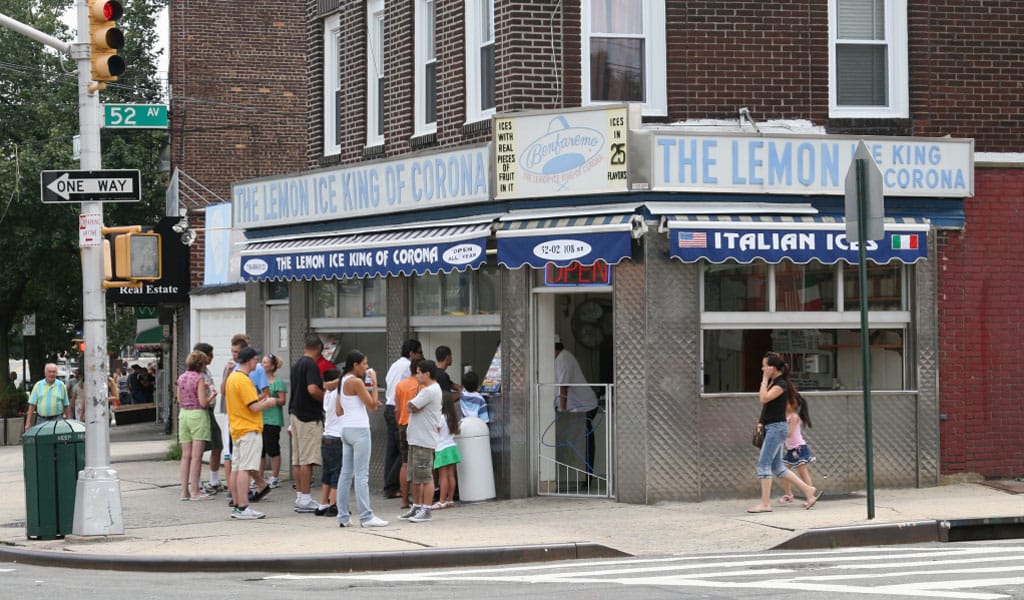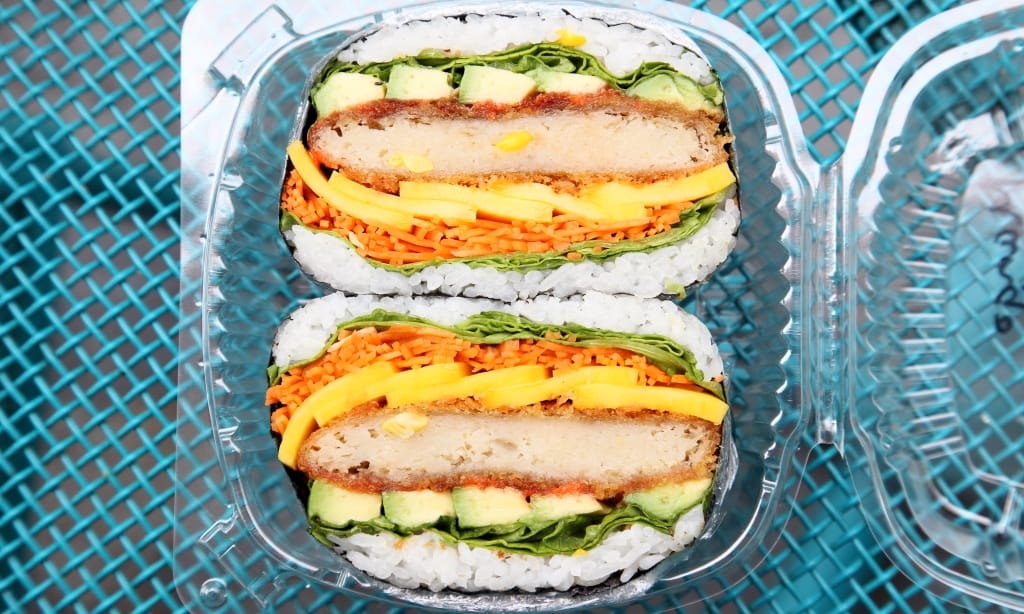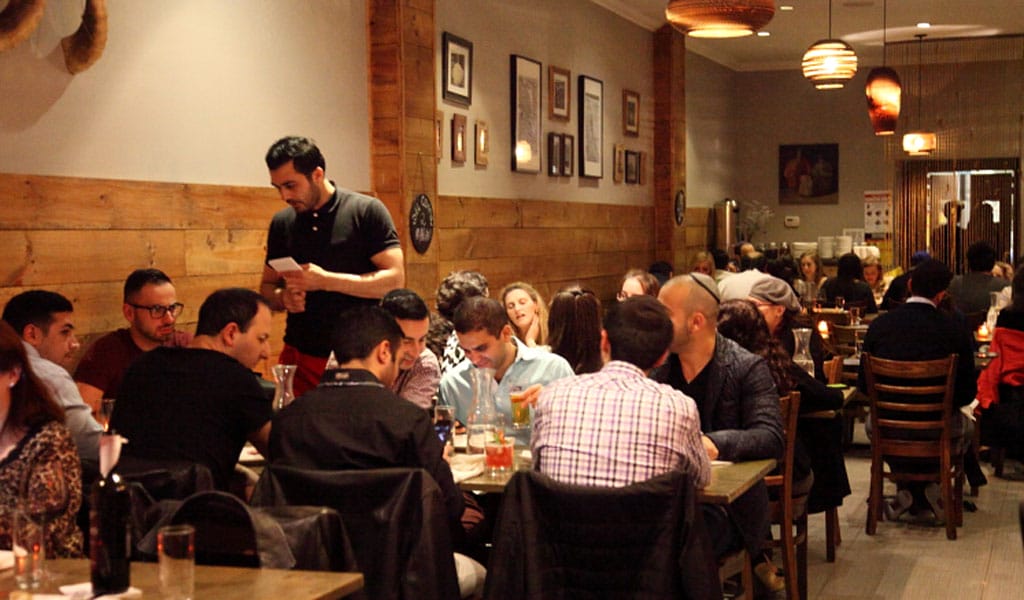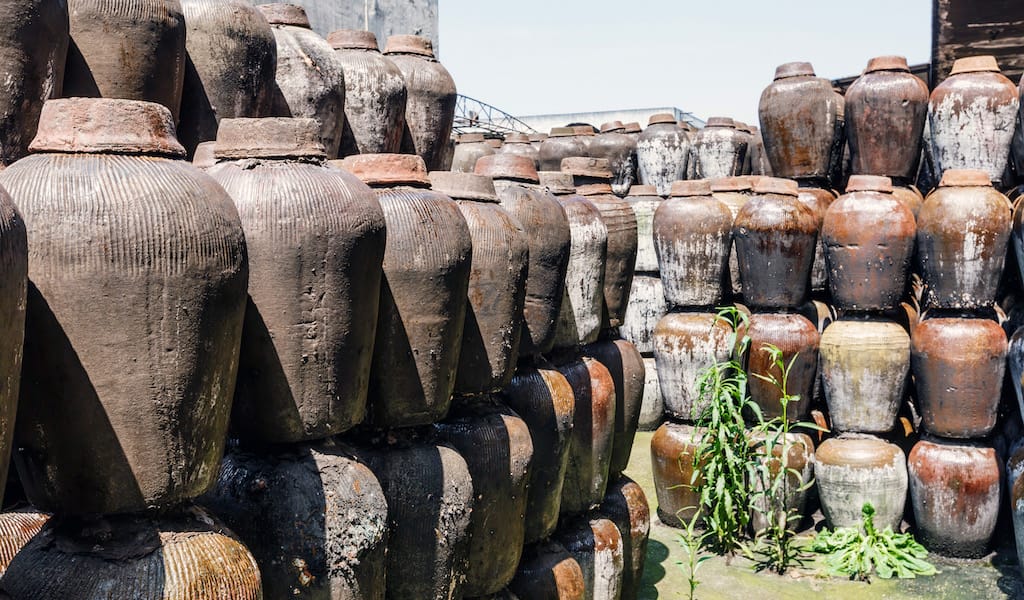Springtime in Queens is a season of promise, particularly the promise that soon, very soon, your cold-weather wardrobe can be stored away till next winter. Often the weather is blustery and unpredictable, so it’s wise to be flexible with your outfit – dress in light layers, carry a mini-umbrella. Provided that you’re also willing to be flexible with your plans — a drizzly day doesn’t have to be a rainout – these two mini-itineraries can help you celebrate the season.
Itinerary one: Temple Canteen, The Hindu Temple Society of North America (the Ganesh Temple), Queens Botanical Garden
An image of the elephant-headed Hindu god Ganesha presides over the Temple Canteen. This cafeteria in the basement-level community center of The Hindu Temple Society of North America, popularly known as the Ganesh Temple, serves some of the best South Indian vegetarian food in all of New York City. Its bill of fare features a score of dosas in various configurations, including an almost comically long paper dosa; when served with potato masala as well as the standard coconut chutney and sambar, it will set you back a mere $7. No item on the dosa menu costs more. Pancake lovers (count us among them) might prefer a denser, disc-like uttapam, particularly the version laced with onion and chilies ($6). Wash it down with masala tea, and, perhaps, pick up some take-away sweets from the counter.
Up the stairs, through a stone passageway and around the corner is the entrance to the temple itself. Like the canteen, it is open to all, Hindus and non-Hindus alike. Shoes, however, must be left outside; shorts, ripped jeans and skirts above the knee are considered disrespectful and are strongly discouraged; photos and videos are prohibited. The camera of your memory must do.
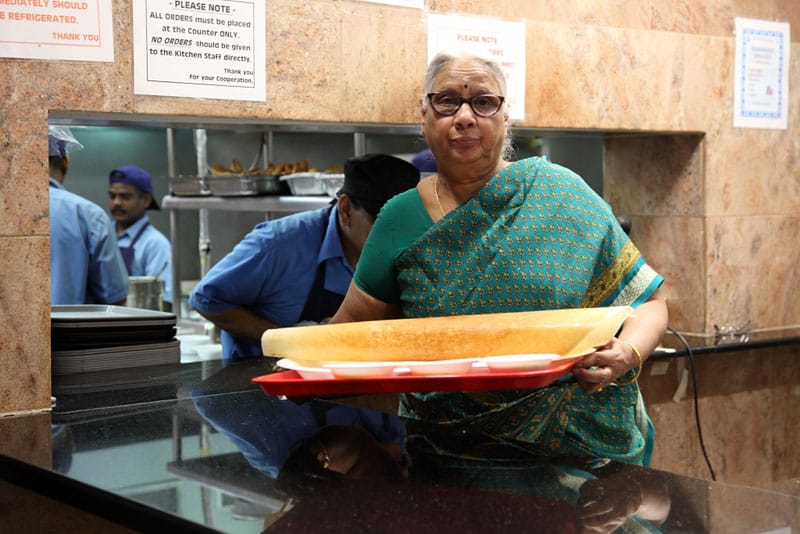
From the temple it’s a 15-minute walk (once you’ve put your shoes back on) to the main gate of the Queens Botanical Garden. Its 39 acres include walkways lined by pines, oaks and magnolias and individual gardens devoted to wetland and woodland flora, to herbs and to flowers just coming into bloom. The garden also hosts many resident and migratory birds; spot the bright breast feathers of the male goldfinch, and you’ll know that sunnier days are here to stay.
Itinerary two: Leo’s Latticini, Mama’s Backyard Cafe, The Lemon Ice King of Corona, William F. Moore Park
For baseball lovers, springtime in Queens also brings the promise of a clean slate and a new season. Loyal fans of the local team, the New York Mets, include the sandwich-making ladies of Leo’s Latticini (AKA Mama’s of Corona). Their celebrated Italian special ($8) takes on all comers at the shop and, when the Mets are home, at nearby Citi Field. Cold cuts and fresh mozzarella are piled high; hot and sweet peppers, mushrooms, and oil and vinegar are added with near-abandon. It’s a big sandwich, and a wet sandwich, good to share and best eaten sitting down. You can always find indoor tables and chairs at Mama’s Backyard Garden, a pastry shop under the same ownership and mere steps away; the outdoor garden is open when the weather is warm.
That pastry case will tempt you, to be sure (cannoli? pignoli? sfogliatelle?), but leave room for the next stop, just down the road. Despite the name, The Lemon Ice King of Corona boasts more than 30 flavors; many sport chunks of the fruit they were made from. This corner shop doesn’t offer tastes and doesn’t mix flavors, but at the grand price of $1.25 for a small, it’s hardly a budget-buster to try one of the more exotic flavors (peanut butter? rum raisin? licorice?), then follow it with a second, palate-cleansing cup of lemon.
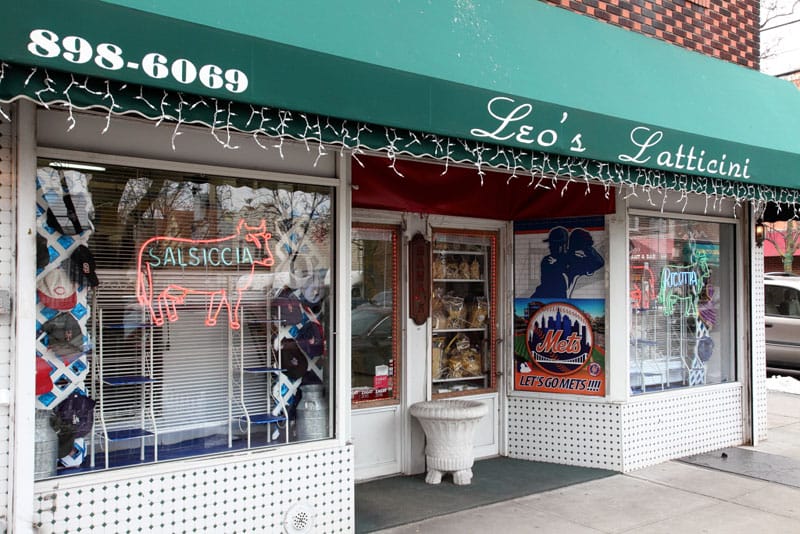
By now, perhaps you’ve caught wind of the goings-on at tiny William F. Moore Park; it’s just within earshot. Jocularly known as Spaghetti Park in recognition of the longtime local Italian-American population, the park has changed with the neighborhood in the decades since World War II. Nowadays the locals are just as likely to be Latino, but the park’s featured attraction endures. Bocce, a leisurely game in which two teams roll heavy balls toward a smaller target ball, often seems as much about conversation and disputation as about the play. From a shaded vantage, in late afternoon, a game of bocce can be almost hypnotically relaxing to watch. You’re unlikely to be anything more than a spectator, however; the court is first-come, first-serve, and many hopeful players are probably waiting their turn. Do you have room for one more ice?
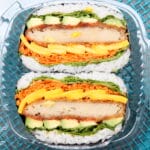 May 24, 2022 969 NYC Coffee
May 24, 2022 969 NYC Coffee
Mitsumine Oda's original idea for 969 NYC Coffee, in Jackson Heights, was just what the […] Posted in Queens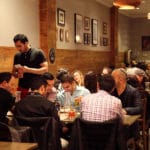 May 19, 2017 Marani
May 19, 2017 Marani
Georgians – that is, Georgians who hail from the former Soviet republic and not the […] Posted in Queens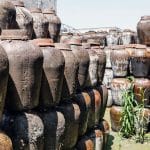 November 16, 2017 Building Blocks
November 16, 2017 Building Blocks
Legend has it that huangjiu, or yellow wine, was invented by Du Kang, the god of Chinese […] Posted in Shanghai
Published on April 17, 2017
Related stories
May 24, 2022
QueensMitsumine Oda's original idea for 969 NYC Coffee, in Jackson Heights, was just what the name suggests: a simple, small coffee shop. The bright yellow awning shows a wispy "969" – Oda's favorite number, we later learn – rising from an "NYC" cup. The side of the awning, however, reveals that this is much more…
May 19, 2017
QueensGeorgians – that is, Georgians who hail from the former Soviet republic and not the American South – love their cheesy khachapuri and their beef-and-lamb-filled khinkali. At a glatt kosher restaurant, however, dairy items and meat items can't mingle, either in the kitchen or in the dining room, and many such establishments serve only one…
November 16, 2017
ShanghaiLegend has it that huangjiu, or yellow wine, was invented by Du Kang, the god of Chinese alcohol. Annual production starts in eastern China’s Shaoxing region in the tenth lunar month – the temperature and humidity at that time of year create the best environment for making the wine – with sacrifices to Du Kang.…







































